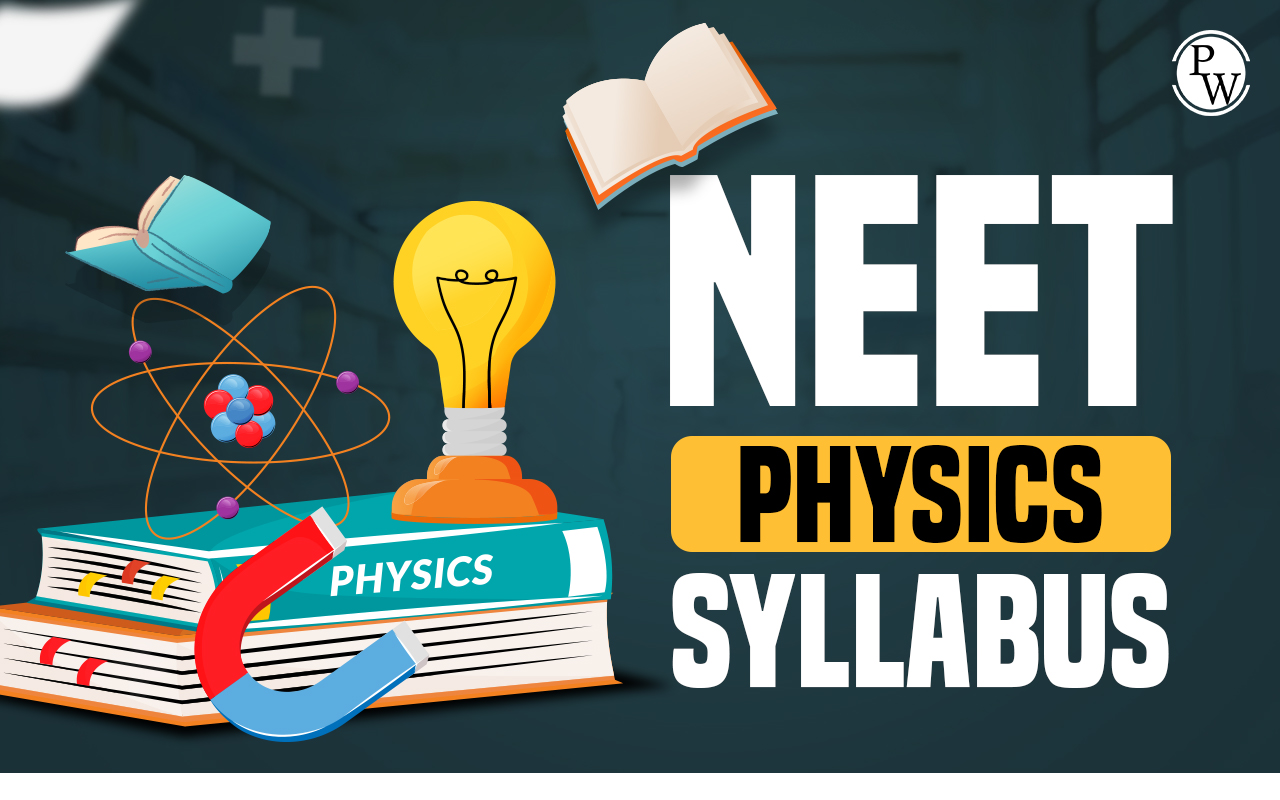
Stroma: Stroma is a fluidic substance located within the chloroplasts, enveloping the grana and the thylakoids. Apart from providing structural support to the pigment-containing thylakoids, the stroma is now recognized as containing chloroplast DNA, starch, ribosomes, and enzymes essential for the Calvin cycle.
The term "stroma" can also denote other supportive structures, such as connective tissues or fungal tissues carrying spores. It represents the portion of a tissue or organ that serves a supportive or structural function. The following article provides NEET Biology Notes of stroma in chloroplasts and plants, including their functions, examples, and more.Stroma Meaning & Definition
Stroma refers to the structural or connective component of a tissue or organ, composed of non-functional elements such as connective tissue, blood vessels, and ducts. In contrast, the parenchyma consists of cells that perform the organ's specific functions. Tissues can be classified based on their functions or cellular composition. Stromal tissue is categorized as a "functional" class, contributing to the body's support and movement. The cells comprising stromal tissues act as a matrix in which other cells reside. Stroma is composed of different types of stromal cells.Stroma Structure
The stroma, found in chloroplasts, acts as a fluid-filled region essential for photosynthesis in plant cells. It surrounds the grana, stacks of thylakoids where light-dependent reactions occur. The stroma itself is crucial for light-independent reactions, providing a complex environment for various processes. Key components of the stroma include:- Fluid matrix: Composed of water, enzymes, and minerals, this gel-like substance supports biochemical reactions.
- Enzymes: These catalyze the Calvin cycle, converting carbon dioxide into glucose.
- Starch granules: Used for glucose storage, starch is synthesized in the stroma.
- Chloroplast DNA: This DNA is distinct from nuclear DNA and codes for some photosynthesis-related proteins.
- Chloroplast ribosomes: Ribosomes within chloroplasts synthesize proteins needed for photosynthesis.
Stroma in Chloroplast
Stroma is a gel-like substance located within chloroplasts, the cellular structures responsible for photosynthesis in plants. It plays a vital role in this process by providing a space for enzymes, molecules, and structures necessary for carbon fixation and sugar synthesis. Enclosed by the chloroplast's double membrane, the stroma contains its own DNA, ribosomes, and thylakoid membranes where light-dependent reactions take place. Additionally, it contains starch granules, lipid droplets, and soluble proteins involved in various metabolic pathways. Overall, the stroma serves as a central location for numerous biochemical reactions, allowing chloroplasts to convert light energy into chemical energy.Stroma Functions
The term "stroma" has two distinct meanings in biology:- The stroma is pivotal in converting atmospheric carbon dioxide into glucose, a vital plant energy source.
- Enzymes within the stroma utilize ATP and NADPH, generated during the light-dependent reactions in the grana, to assimilate carbon dioxide into organic compounds.
Stroma Examples
Stroma is the supportive tissue in various organs and glands across the body. It functions as a scaffold, offering structural integrity to the organ while accommodating blood vessels, nerves, and lymphatic vessels. Several examples of stroma in different organs are outlined below:| NEET Exam Important Links | |
|---|---|
| NEET Biology Syllabus | NEET Biology Diagrams |
| NEET Biology MCQ | NEET Biology Chapter wise Weightage |
| NEET Biology Notes | NEET Previous Year Question papers |
Stroma FAQs
Q 1. What is the stroma in biological tissues?
Ans. The stroma is a type of tissue that forms the supportive framework of organs, glands, and other body tissues. It provides structural support, nutrient delivery, and waste removal, and may play a role in the immune response.
Q 2. What are stromal cells?
Ans. Stromal cells are a diverse group of connective tissue cells that form the structural foundation of organs. They play various essential roles in maintaining organ function and health.
Q 3. What is the relationship between stroma and chloroplasts?
Ans. In chloroplasts, the stroma is the fluid-filled space enclosed by the inner membrane. It is comparable to the mitochondrial matrix and contains enzymes involved in metabolism. The stroma also contains its own DNA, ribosomes, and RNA.
Q 4. What is the function of stroma in chloroplasts?
Ans. The stroma provides a medium for the various structures within the chloroplast, offering protection and support. It is where the light-independent reactions of photosynthesis occur, known as the Calvin cycle or carbon cycle.
Q 5. Can you provide an example of stroma in the body?
Ans. One example of stroma is the connective tissue surrounding the stomach lining (epithelium). This tissue provides support to the functional glands (parenchyma) within the epithelium, illustrating the supportive role of stromal cells in the body.
Talk to a counsellorHave doubts? Our support team will be happy to assist you!

Check out these Related Articles
Free Learning Resources
PW Books
Notes (Class 10-12)
PW Study Materials
Notes (Class 6-9)
Ncert Solutions
Govt Exams
Class 6th to 12th Online Courses
Govt Job Exams Courses
UPSC Coaching
Defence Exam Coaching
Gate Exam Coaching
Other Exams
Know about Physics Wallah
Physics Wallah is an Indian edtech platform that provides accessible & comprehensive learning experiences to students from Class 6th to postgraduate level. We also provide extensive NCERT solutions, sample paper, NEET, JEE Mains, BITSAT previous year papers & more such resources to students. Physics Wallah also caters to over 3.5 million registered students and over 78 lakh+ Youtube subscribers with 4.8 rating on its app.
We Stand Out because
We provide students with intensive courses with India’s qualified & experienced faculties & mentors. PW strives to make the learning experience comprehensive and accessible for students of all sections of society. We believe in empowering every single student who couldn't dream of a good career in engineering and medical field earlier.
Our Key Focus Areas
Physics Wallah's main focus is to make the learning experience as economical as possible for all students. With our affordable courses like Lakshya, Udaan and Arjuna and many others, we have been able to provide a platform for lakhs of aspirants. From providing Chemistry, Maths, Physics formula to giving e-books of eminent authors like RD Sharma, RS Aggarwal and Lakhmir Singh, PW focuses on every single student's need for preparation.
What Makes Us Different
Physics Wallah strives to develop a comprehensive pedagogical structure for students, where they get a state-of-the-art learning experience with study material and resources. Apart from catering students preparing for JEE Mains and NEET, PW also provides study material for each state board like Uttar Pradesh, Bihar, and others
Copyright © 2025 Physicswallah Limited All rights reserved.
Get App









